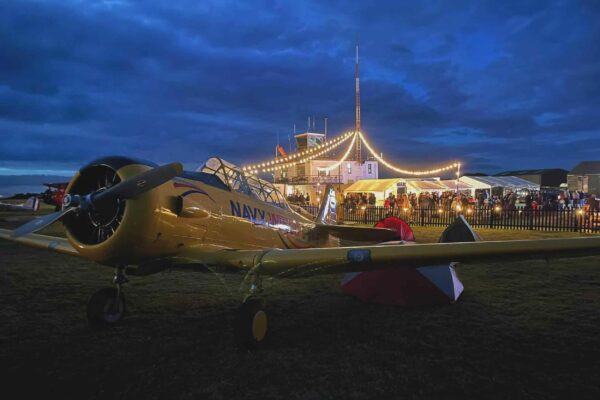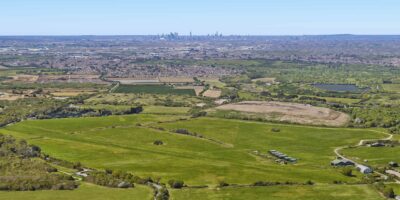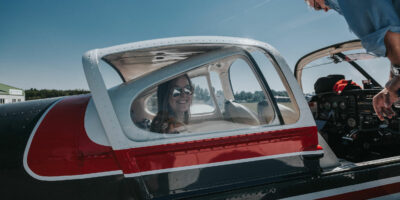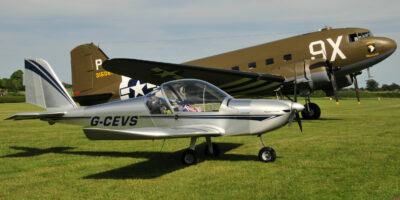Welcome to a series of articles about Distress & Diversion which will be spread out over 2022, and a very big thank you to FLYER for giving us the opportunity to spread awareness among the GA community regarding D&D’s functions, roles and procedures.
The future articles will involve D&D’s involvement in aircraft emergencies, practice pans and training fixes, actions on lost pilots, actions taken during tracing action, Emergency Locator Transmitters/Personal Locator Beacons, Search and Rescue Operations and Temporary Danger Areas.
Before we get started, know that our services are completely free so please use us to practice emergency procedures or simulate that you’re lost*. Get that reassurance that the system works when you really need us. We’re here for you and we’re available every minute of the year! We’re also the only country in the world that provides these services, so make the most out of it (it’s free).
*Obvious caveat; bear in mind if you are a practice there may be a higher priority ongoing (actual emergencies), but we’ll endeavour to support any and all practices when capacity allows.
This article, being our introduction to you, will take you through who we are, where we are, what we do and the equipment we use to do it. So here goes!
Distress and Diversion Cell is the emergency centre of 78 Squadron (formerly known as RAF(U) Swanwick) based at London Area Control Centre near Southampton. We sit in the corner of the operations room next to terminal control (in our own room). This helps avoid unnecessary distraction while emergencies are in progress.
Our workforce is in place 24 hours a day, every day of the year. During normal working hours we have two D&D controllers and two D&D support controllers with the addition of trainees. During quiet hours, we have one controller and one support controller.
Our main aim is to assist aircrew with accurate safety and operational information to assist with their sortie regardless of emergency status.
The three frequencies used in D&D are 121.5MHz, 243.00MHz and 245.10MHz. The only frequency you’ll be interested in is 121.5MHz as the others are predominantly used for military aircraft in emergencies or to update pertinent information regarding their sortie.
If a pilot finds themselves in distress or doubt exists to the safety of the aircraft or people on board and you’re not in communication with an air traffic unit, freecall D&D on 121.5MHz and pass your details. We’ll get you to squawk ‘emergency’ and find out your intentions. We’ll be fully aware of the pilot’s workload at the time. There are a few things we’ll be doing simultaneously in the background but we’ll get to that in future articles.
The squawks you need to use for the emergency will depend on the emergency you have. If you squawk any of the following, our EAG (Emergency Attention Getter) will alarm, resulting in the very likely scenario that you’ll become our top priority.
Emergency Squawks:
SOS – 7700
Mains Radio Failure/ No-RT – 7600
Hijacking – 7500
Lost – 0030
Please note how close these Squawks are to the conspicuity code of 7000, so be extra careful when changing your squawk to conspicuity. It might be worth temporarily putting the transponder on standby to avoid an accidental misdial when the SSR recycles.
What equipment do we have in the room?
I want you to imagine you’re sitting down with our desk in front of you. There’s a big screen in between two white boards – that’s the master plasma screen. This is clear for all to see regardless of where you are in D&D. This screen shows the entire UK and displays the Direction Finder (DF) which is the Auto-Triangulation.
White boards to the left and right of the plasma screen are our wing boards. The wing boards are what gives us information on military aerodromes throughout the UK. The information on them are the aerodrome’s weather, the runway in use and its length, the serviceability states of cables, barriers and instruments used at the airfields and the crash category. This enables us to pick a suitable airfield for diversion based on the aircraft’s requirements.
On the desk right in front of you is the comms panel. This has all the frequencies which can be split down into groups or individual legs. This is so we do not disturb the entire UK listening out on guard for every transmission. The comms panel also has direct lines to the majority of large- and medium-sized aerodromes in the UK. For those we don’t have direct lines to, we have unique four-digit numbers which link us to all airfields in the UK, private strips excluded. This makes it quick and easy for D&D to liaise with airfields to pass or acquire information.
In the middle of the desk, in between the controller and support controller, is the EAG. This will alarm whenever an emergency squawk is within radar coverage.
To the left of that is the radar screen. This will be used when it is necessary to control an aircraft in an emergency. It is also used when the High Resolution Direction Finder (HRDF) is out of tolerance and we are unable to give you an accurate position report from auto-triangulation alone.
Straight in front of you is the HRDF (Auto-T) used for position reports and to help lost aircrew.
We are also able to access VFR and IFR flight plans within Swanwick which helps us track and locate you if lost or in distress but location is unknown. We encourage all pilots to file a flight plan for all sorties – it can help make our process much faster in difficult situations.
If you take nothing else from this: We are here. We are free. If you need help where doubt exists, or you just want to practice procedures, give us a call on 121.5!
See you next month!







